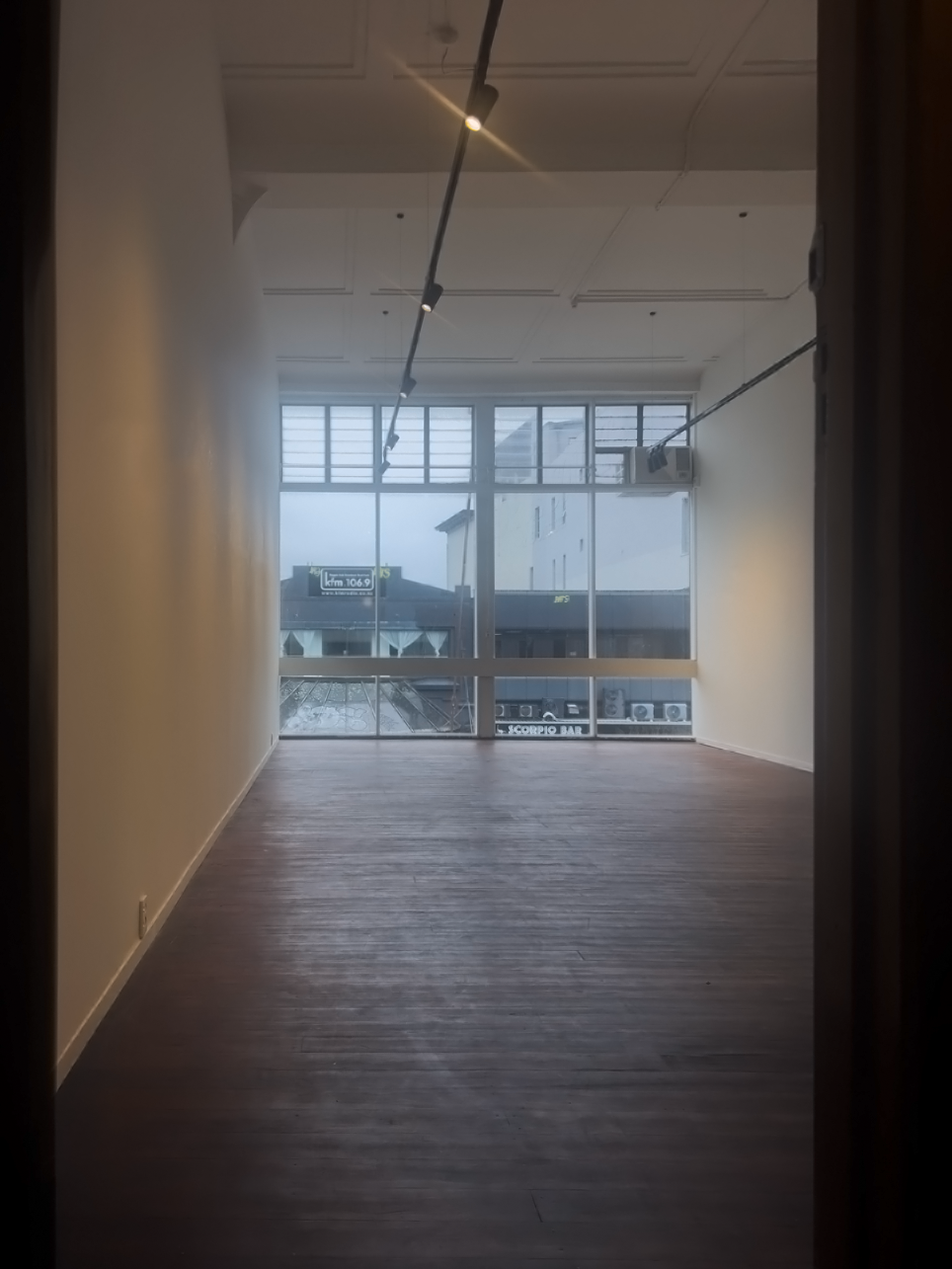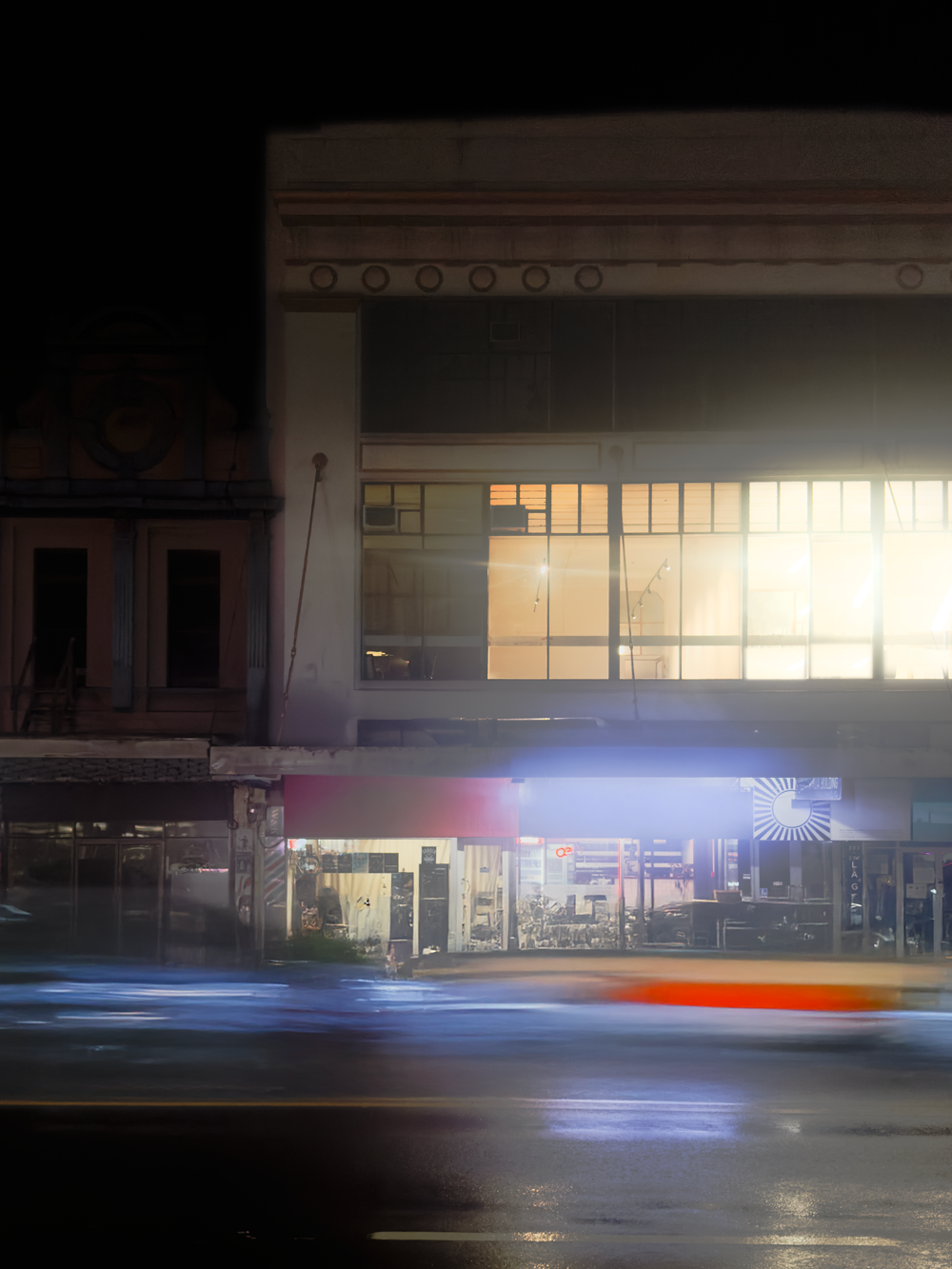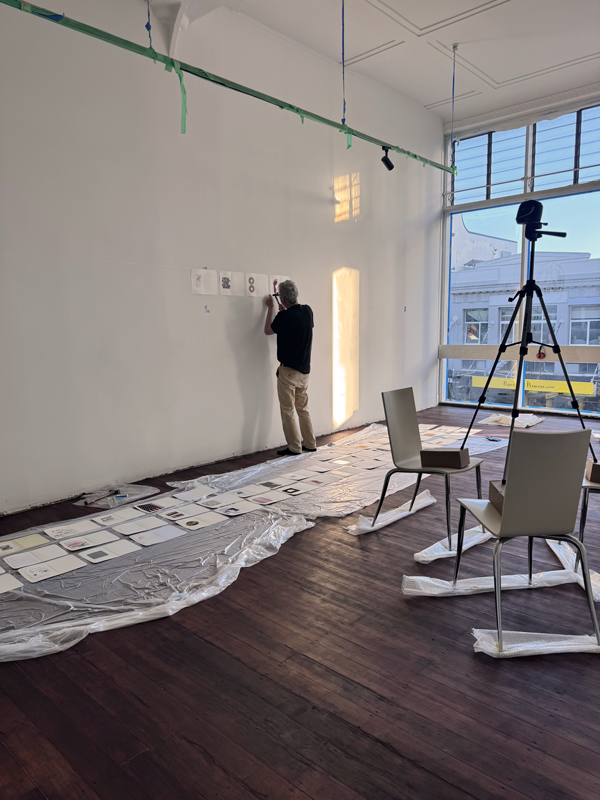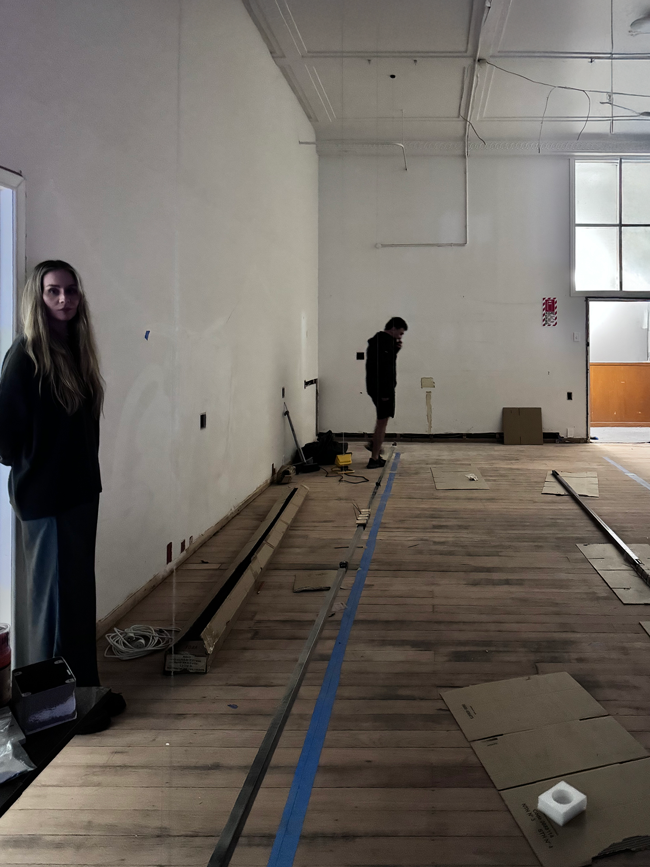Charles Ninow is a long-time resident and champion of Auckland City. He graduated from Elam School of Fine Arts in the early 2000s, drawn there by the legacy of Colin McCahon, whose practice has remained an enduring influence throughout Charles’s life and career.
Over the years, Charles has built a significant reputation as an art dealer, auctioneer, and promoter. Known for his disruptive and independent approach to the art market, he began his career after graduation in an entry-level role at a well-known New Zealand auction house. Founded in the mid-1970s, the business was still family-run at the time, giving Charles rare insight into the typically private and opaque world of art dealing.
In his late twenties, Charles co-founded Bowerbank Ninow, a gallery and auction house in central Auckland. Among its many initiatives, it became the first business in New Zealand to introduce resale royalties for living artists - a significant, cutting-edge initiative at the time. The company developed a strong following, cultivating collectors with a notably younger demographic than the wider art market.
Its innovative marketing and auction concepts attracted the interest of one of New Zealand’s legacy auction houses, which later acquired the business. Charles was appointed Director of Art and Chief Auctioneer. At the time of his appointment, the company’s annual art turnover was under $1 million. Within three years, Charles had grown that figure to over $30 million annually, making it the market leader during his tenure.
By his mid-thirties, Charles had set new auction records for nearly every major New Zealand artist - in some cases, multiple times over. These artists include Colin McCahon, Bill Hammond, Don Binney, Tony Fomison, Adele Younghusband, Brent Wong, and many others.










